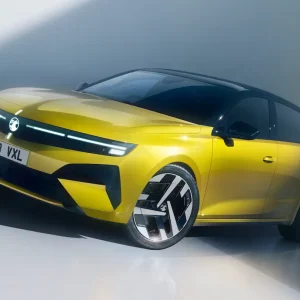Fleets look set to be able to order Bridgestone tyres through Kwik-Fit from early 2014 at competitive prices following a two-year disagreement between the firms that made it difficult to obtain the tyres from the UK’s leading fast-fit operator.
Due to a pricing disagreement, Kwik-Fit stopped stocking Bridgestone tyres from the start of 2012. While fleets could order the tyres, they were not priced competitively at Kwik-Fit and would take several days to arrive.
This meant fleets driving cars equipped with new Bridgestone tyres would face a choice of compromising safety in the event of a puncture and having to replace a single tyre with a different brand, or pay a higher price and wait longer for a matching Bridgestone.
Peter Lambert, fleet director at Kwik-Fit, said: “Kwik-Fit currently only sells Bridgestone in small quantities following their decision to effectively withdraw from the fleet market when they took the decision in January 2012 to increase prices by 24.8%.
“We do still stock a small quantity of their tyres and these are available for fleet and retail customers, although having said that they are more expensive than any other premium-branded tyre.”
Lambert added that fleets look to optimise costs and don’t look for exact tyre matches” “The brief from fleets is to use the same size and construction of tyre. There are no real performance differences if you do that.
“If fleets did want an exact match they may have to wait several days to get the right tyre.”
However, Lambert offered fleet drivers on Bridgestone tyres hope by hinting: “Things may be changing and you may see more Bridgestones on our shelves in 2014.”
A spokesman for Bridgestone echoed Lambert’s comments on a potential new agreement between the two firms. “The relationship is improving and for 2014 the supply will switch back on. It has been a disappointing situation.”
The Bridgestone spokesman added that the number of new cars sold with Bridgestones meant there was pressure for Kwik-Fit to supply the tyres to fleets. He said that Bridgestone was one of the original fitment choices of the majority of European brands with an approximate 30% fitting, and had a much higher fitment rate on some Japanese models.
Tyre safety
In an ideal world, experts believe that identical tyres should be fitted at all four wheels to give near identical levels of grip. The second best option is to have matching tyres across an axle.
While it is not illegal to have mis-matched tyres across an axle, it means there is uneven grip on either side of a car and in extreme circumstances this can cause a car to skid.
Steve Howat, safety expert at Continental Tyres, said: “The important considerations when replacing tyres are that you have the correct load and speed index. Also look at the tread depths of the tyres fitted on the same axle to make sure that they are as close as possible. Consider pattern design as directional and asymmetrical should not be mixed on the same axle as they may perform differently in wet weather conditions making the cars behaviour unpredictable.
“Mixing brands across an axle may contribute to compromising the balance of the car as the construction and technology differences may not compliment each other, an example of this might be a silica compound tyre vs a non silica compound tyre.”





